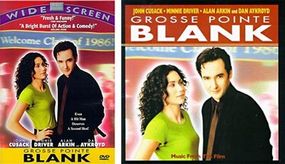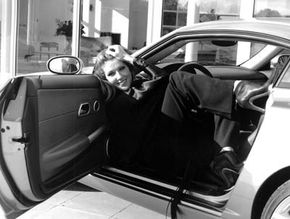Commercials and Film
If you want to use a song in a TV or radio commercial, you need a Master Use license from the label (unless you are re-recording the performance) and a Synchronization license (TV) and/or a Transcription license (radio) from the publisher.
According to the book "All you need to know about the music business" by Donald Passman, "The fees for synchronization licenses are really all over the board, and they vary with the usage and the importance of the song." For example, Passman's book mentions some fee ranges:
Advertisement
- Low-end TV usage (e.g. -- music is playing from a jukebox in a scene, but no one in the scene is paying any attention to the music) -- free (for exposure) to $2,000 for a 5-year license. In a film, the fee would be $10,000 in perpetuity.
- A more popular song is worth more, perhaps $3,000 for TV and $25,000 for film.
- A song used as the theme song for a film might get $50,000 to $75,000.
- Commercials fetch even more money: "a song can command anywhere from $25,000 to $500,000 plus per year. The typical range for a well-known song is $75,000 to $200,000 for a one year national usage in the United States, on television and radio."
Generally you would obtain the licenses you need through some sort of clearing organization that handles licenses on a daily basis. For example, see LicenseMusicNow.com.

